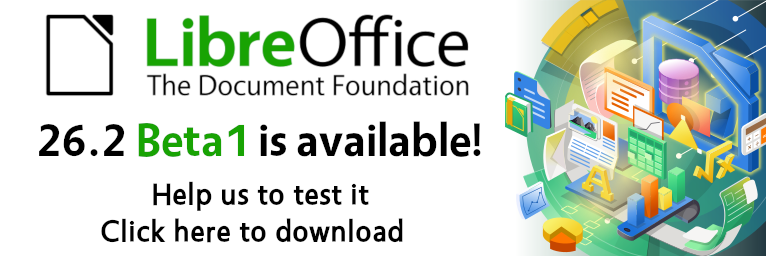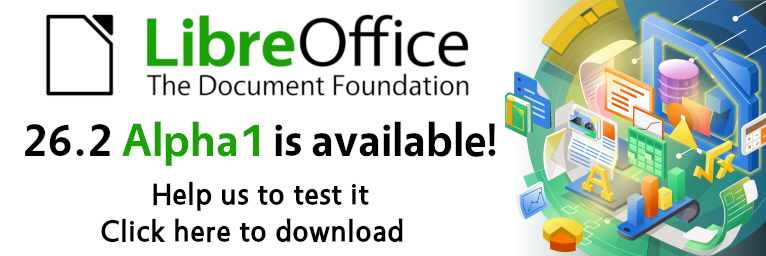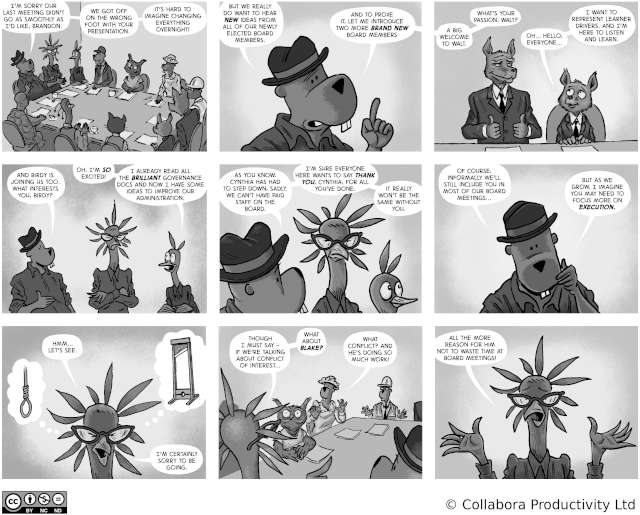 Reliable data flows, verifiable signatures and predictable structures are essential for digital identity systems, which touch every aspect of modern digital life. They authorise transactions, confirm requests and guarantee security policies.
Reliable data flows, verifiable signatures and predictable structures are essential for digital identity systems, which touch every aspect of modern digital life. They authorise transactions, confirm requests and guarantee security policies.
In this context, the Open Document Format (ODF) offers a transparent, computer-readable foundation for verifying the authenticity of documents and ensuring their long-term integrity.
Each ODF file is a structured ZIP container with a consistent internal layout. It contains a set of XML files that are always located in the same position. These files include meta.xml for metadata, manifest.xml for the list of files and relationships, content.xml for document data and styles.xml for presentation rules. The files are either ODT (text), ODS (spreadsheets), ODP (presentations) or ODG (drawings).
Because everything is in XML format and in the same location, identity systems can analyse the content without searching for it as they would with OOXML files, which vary greatly depending on the application used to create them. Identity systems can therefore focus on specific parts of a file rather than scanning raw binary blocks, which are present in OOXML files.
This is important for signing, integrity validation, metadata extraction and policy enforcement. When documents move from one identity platform to another, APIs can map ODF elements in a stable manner, reducing ambiguity and improving verification speed.
Document Signing
ODF supports the XML Signature and XML Encryption standards via the META-INF/documentsignatures.xml file. This file can contain multiple independent signatures, each relating to specific parts of the document. The signature refers to an explicit path within the ZIP container, making automatic verification easier and avoiding confusion caused by false errors resulting from layout changes.
Each document can contain user signatures, organisational seals, timestamps, and workflow attestations. Each signature can also contain its own certificate chain, revocation information, and policies.
ODF is compatible with standard X.509 certificates, enabling the use of national eIDAS identification systems and corporate PKI systems. Verification pipelines can apply the same trust rules used for signed emails or encrypted communications.
Interoperability and Identity Federation
Digital identity works best when it is portable. ODF’s openness supports this by avoiding vendor-specific binary constructs. Any identity framework can be integrated with ODF because its schema is public and stable, its structure is predictable, and there are no proprietary validators.
In federated identity ecosystems, such as cross-border government services or multi-cloud enterprise configurations, ODF reduces friction and ensures that documents remain compatible, even when authentication systems differ.
Long-Term Signature Validation and Archival Use
In some cases, identity systems must verify a document signed many years earlier, which requires long-term validation. ODF supports long-term authentication because its XML structure is future-proof: it can store timestamps, revocation data and certificate chains, and it avoids vendor-specific cryptographic formats.
In legal, regulatory and archival contexts, this aspect is more important than speed. Formats that rely on proprietary rendering engines risk becoming unreadable over time, whereas ODF remains readable, even many years later.
ODF in Zero Trust Workflows
In Zero …













 PDF result: templated
PDF result: templated PDF result: default
PDF result: default



 Indonesia: Massive Contribution and Regeneration
Indonesia: Massive Contribution and Regeneration Japan: Host with Technical and Community Focus
Japan: Host with Technical and Community Focus Germany: Standards and Business
Germany: Standards and Business Taiwan: Customization and Debugging
Taiwan: Customization and Debugging Other International Participation
Other International Participation

